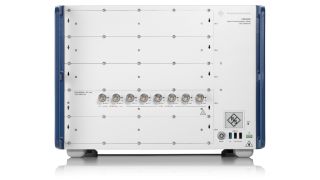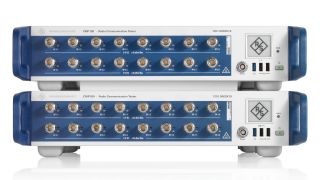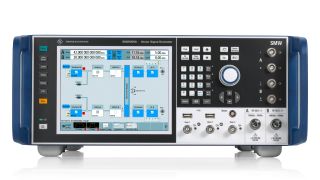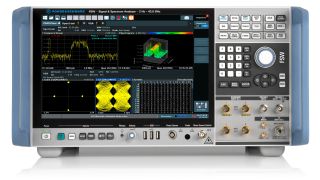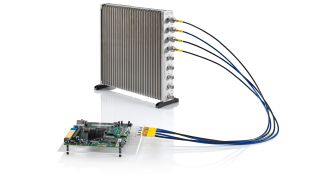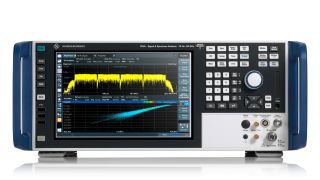Wi-Fi 8 test solutions
Redefining WLAN reliability and performance with IEEE 802.11bn testing
Unlike previous generations of Wi-Fi that primarily focused on boosting throughput, the new IEEE 802.11bn amendment introduces major advancements aimed at achieving ultra-high reliability (UHR). This standard will form the foundation of Wi-Fi 8, as defined by the Wi-Fi Alliance.
The emphasis on UHR reflects today’s growing demand for consistent, high-quality connectivity across diverse environments:
- At home: Seamless, high-performance coverage in every room - supporting devices from simple IoT sensors to next-generation smart glasses.
- At work: Fast, secure connectivity everywhere, with smooth roaming that supports greater productivity.
- At stadiums and concert venues: Reliable, high-capacity wireless access across extended, high-density environments.
- In industrial environments: Rugged, resilient connections that ensure performance even in harsh or mission-critical settings.
- On campuses: Robust, campus-wide coverage that enable diverse devices and modern learning applications.
In this context, ultra-high reliability translates into capabilities such as:
- Sustained throughput under varying conditions
- More efficient spectrum utilization
- Lower latency
- Seamless transitions between access points
- Optimized power efficiency
- Enhanced interference mitigation







